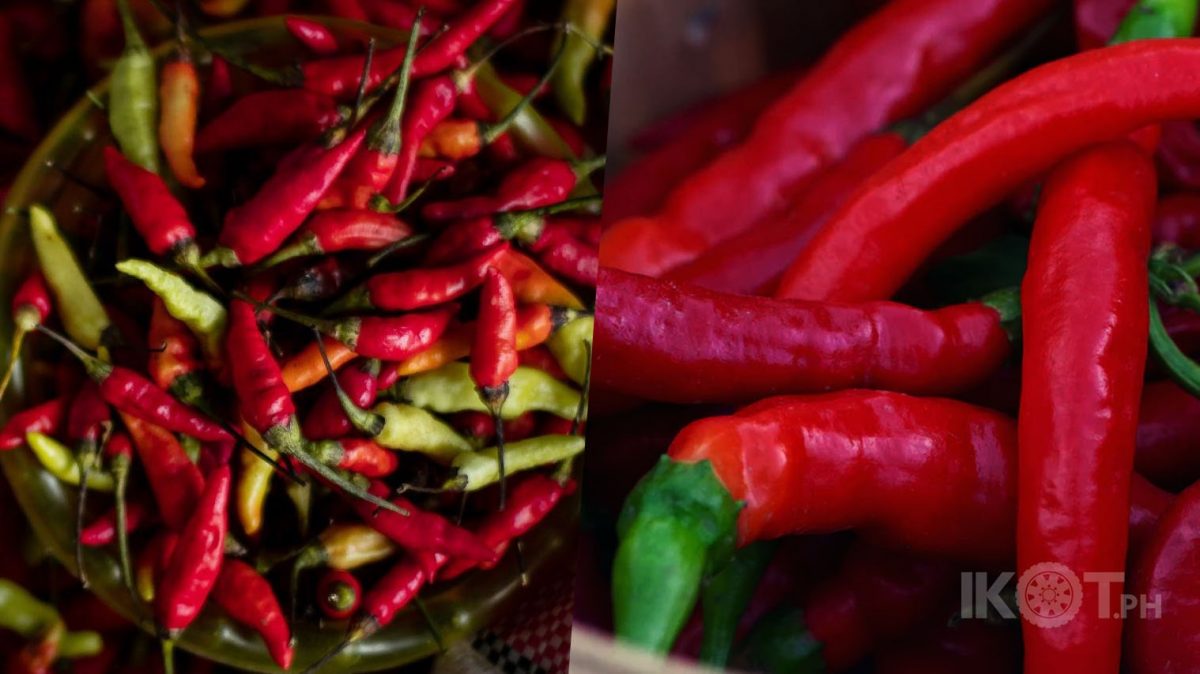One of the ways to balance out a meal is by adding a little spice and heat. Eating spicy food has its benefits. This is mostly because of a compound called capsaicin. Capsaicin can help alleviate pain by preventing pain signals from reaching the brain. This is also why eating too much spice is dangerous.
Benefits of eating hot, spicy food
Have you ever noticed that you feel literally hot after eating spicy food? Chilis can raise your core temperature and metabolism. The body mistakes this heat for pain and produces endorphins to respond to it. This increase in endorphins gives the body more capacity to respond to stress or depression. A recent study showed that individuals who eat food with chili peppers consume fewer calories and have increased metabolism by 5 percent.
Capsaicin also works as an antioxidant and as an anti-inflammatory agent that helps protect cells from harmful molecules that can cause cancer. It greatly improves digestion and can help with the pain. Because it also fights inflammation, the risk of heart disease is also lessened.
How much spice is ‘humane heat’
Spiciness, known to others as “heat”, is measured through the Scoville Scale. This scale measures capsaicinoids and translates them to Scoville Heat Units (SHU). This is done by extracting the concentration of capsaicinoids and diluting it in a solution of sugar water. The weakness of this test is the fact that every individual has different heat tolerance capacities. This is because we all have varied heat receptors in our mouths. Even with this, the current world record is at 1,5M SHU as the highest Scoville level withstood by a human. Based on rodent experiments, ingesting 10 grams of 16M SHU can be lethal.
Habaneros are considered to be one of the hottest chilis that are commonly used in dishes. It is 100 to 300 times hotter than Tabasco and has a 100,000 – 350,000 SHU rating. This is also why it’s important to check what type of chili extract you’re using. For habanero extract, a small dot of the extract is more than enough to add spice to your meal.
What happens if you eat too much spice?
Capsaicin affects the stomach and that allows it to aid in digestion. However, too much of it can cause irritation in the lining of the stomach and ultimately indigestion. This is extremely important especially for those with a sensitive stomach. This also means that spicy food can cause acid reflux because of the acidic imbalance in the stomach.
The domino effect isn’t over yet! Acid reflux can lead to irritation of the throat and it can affect your voice, and lead to vomiting and soreness. However, it doesn’t cause hemorrhoids and ulcers like some may believe.
With this information, it’s important to take note of what your limits are in terms of the amount and frequency of heat you consume. It’s always better to add a drop at a time to ensure that you’re within what you can eat, and bring medicine for gastric pain or acidic reactions in case you want to try something spicier than what you’re used to.


